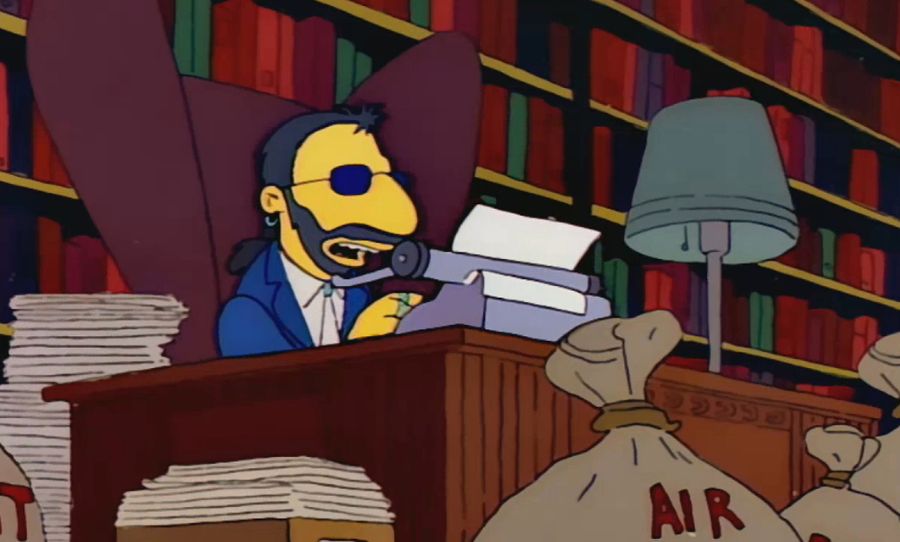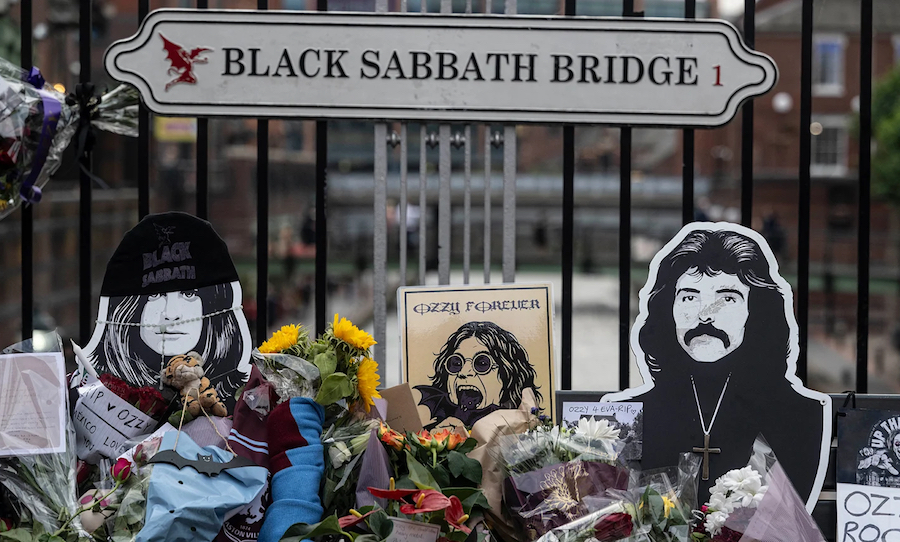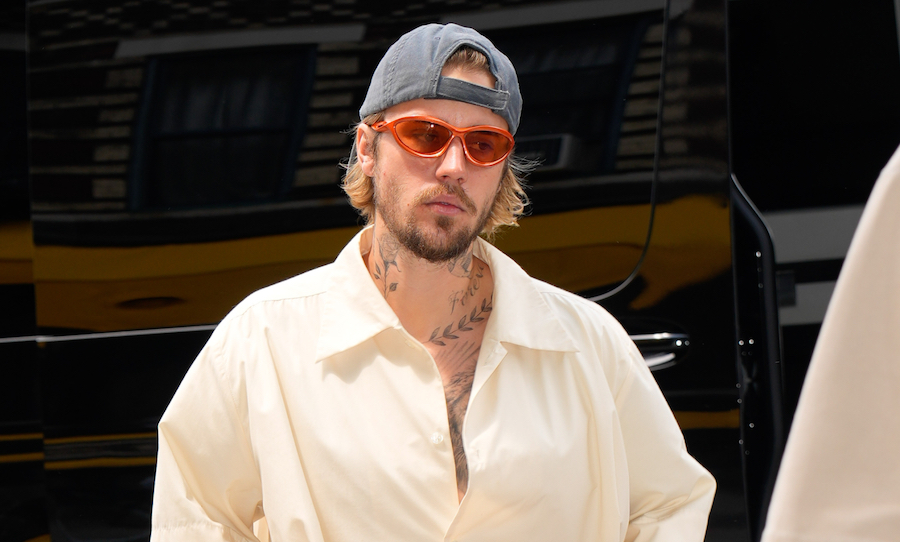Fan mail’s changed – from handwritten letters to nonstop DMs – but the need to connect remains
Once upon a time, if you wanted to tell Ringo Starr you loved his drumming – or ask for life advice from Bowie – you’d scribble a letter, seal it with hope, and drop it in a red post box.
And maybe, just maybe, weeks later, you’d get a reply. Ringo was known to write back (if briefly), his responses often signed with a peace sign and a star. It was fan mail in its purest form: tactile, patient, and personal.

Now, artists are tagged 10,000 times a day. DMs flood in from every timezone. Some are poetic. Some are not safe for work. And others are desperate pleas–please listen to my demo. The intimacy is still there, but the scale has exploded.
Artists like Doja Cat and Charli XCX have leaned into the chaos, turning fan engagement into part of their brand. Doja fights trolls on Threads, Charli drops half-formed demos on Discord. Even Tyler, The Creator famously used Tumblr and Twitter as extensions of his artistic brain. It’s messy, direct, and radically different to fan letters of the past – but just as revealing.
The toll, though, is real. When you open the floodgates, it’s not all love letters. Billie Eilish, who once proudly read fan DMs religiously, has spoken about needing to step back from the noise for her mental health. It’s the blessing and curse of hyper-accessibility.
And yet, fans are still finding ways to make it feel personal. Some send handmade zines or physical art. Some go old-school and still write letters. There’s a quiet rebellion in slowing it down.
Maybe the new wave of fan mail isn’t about replies – it’s about connection, however brief or one-sided. Whether it’s a TikTok comment, a vintage postcard, or a full-blown email newsletter obsession (à la Lorde), fans will always find a way to say: You moved me.
And sometimes, that’s enough.

The way artists connect with their fans has changed. These days, it’s not about polished press releases or mysterious disappearances. It’s about directness, personality, and platforms that feel like conversation—not broadcast.
Lorde helped shift the tone with her Solar Power era emails. They weren’t announcements—they were diary entries from wherever she was in the world. Casual, emotional, often a little rambling. Frank Ocean did a similar thing on Tumblr: occasional, personal, and far from strategic. But it’s Nick Cave who’s made it into a practice. His Red Hand Files are a quiet corner of the internet where fans send in questions—about death, faith, or songwriting—and Cave replies like a friend with time to spare.

That kind of tone—personal, unpolished—is now everywhere. Social media has become less about “content” and more about showing a bit of yourself. Charli XCX chats on Discord, teases songs, asks for outfit advice. Doja Cat and Lil Nas X post strange thoughts in real-time. It’s not necessarily curated. That’s the point.
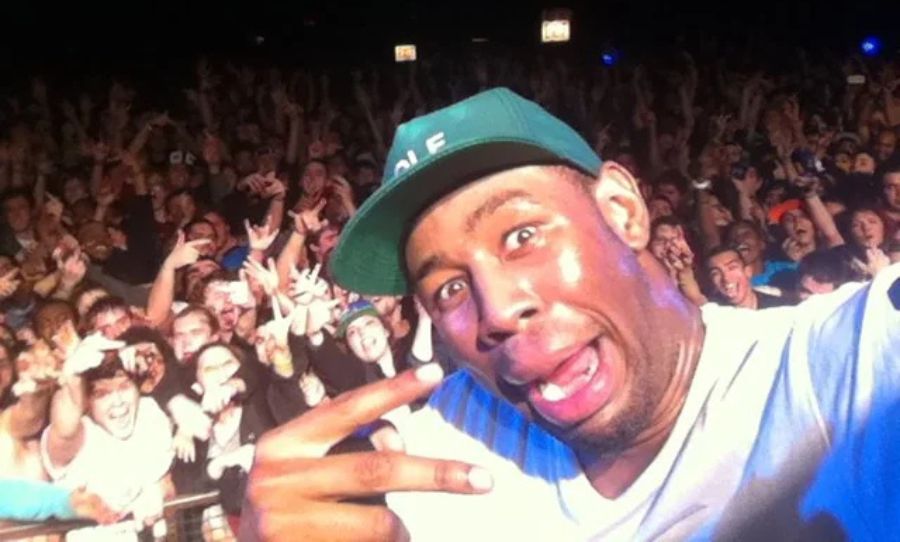
Then there’s the direct stuff. Tyler, The Creator once replied on Reddit to a fan questioning his music—he didn’t argue, just explained where he was coming from. It was thoughtful, unexpected, and stuck with people. Sometimes it’s not about the reach. It’s about the reply.

Behind-the-scenes content is still strong, too—but not in a glossy, documentary way. FKA Twigs filming her ballet training. Studio snippets. Voice memos. That kind of thing. Fans don’t just want the final cut anymore—they want the mess and the in-between.
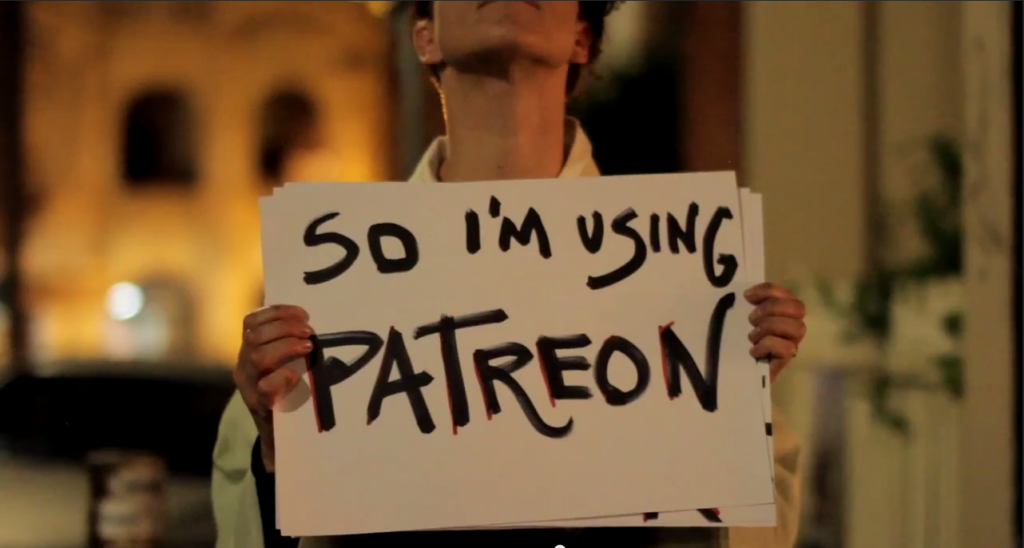
Private spaces are growing too. Discord servers, Patreon pages, Close Friends stories—these are where artists talk to the people who actually care. Amanda Palmer built her entire model around this. Rico Nasty chats with fans on Discord. It’s slower, more human.

And when artists amplify their fans—by reposting artwork, sharing covers, turning a remix into an official drop—it sends a clear message: you’re part of this. Grimes even used fan visuals in her live shows. It’s easy to do, and it means a lot.

There’s also still room for play. Taylor Swift’s easter eggs are infamous, and plenty of others have started planting clues and inside jokes for fans to decode. It’s part of the appeal now—being let in on something, even if it’s small.
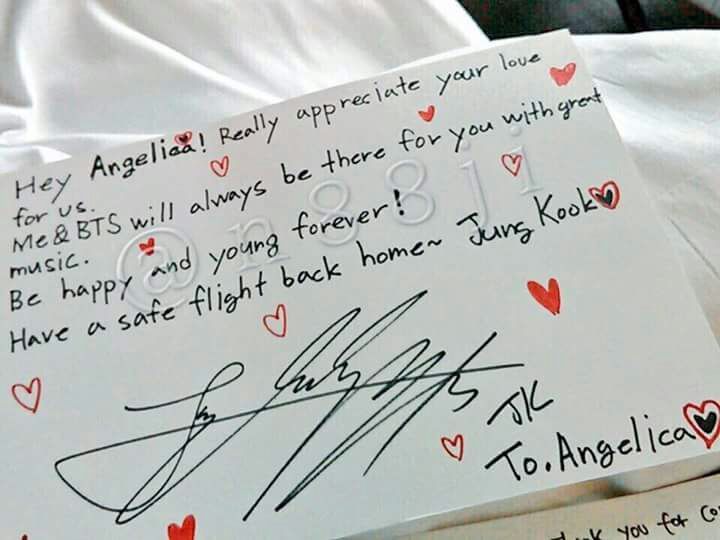
Some gestures go offline. BTS are known to send handwritten letters or gifts to fans. Those kinds of physical, personal responses stand out even more in a feed-heavy world.
The bottom line? Artists aren’t just promoting anymore. They’re building something slower, weirder, more two-way. Less distance, more conversation. And whether it’s a blurry Instagram story or a long email about nothing, that’s what keeps people coming back.
